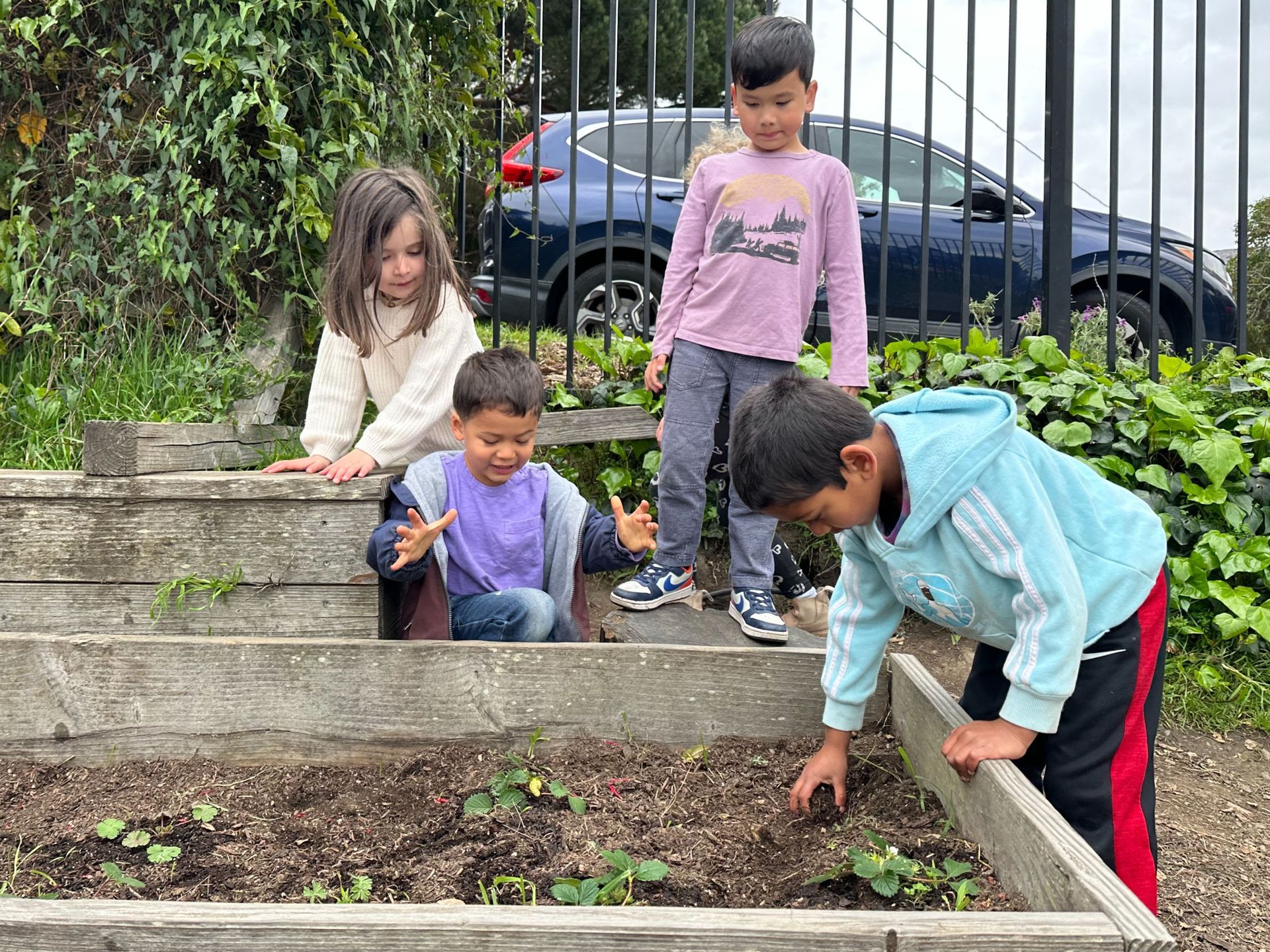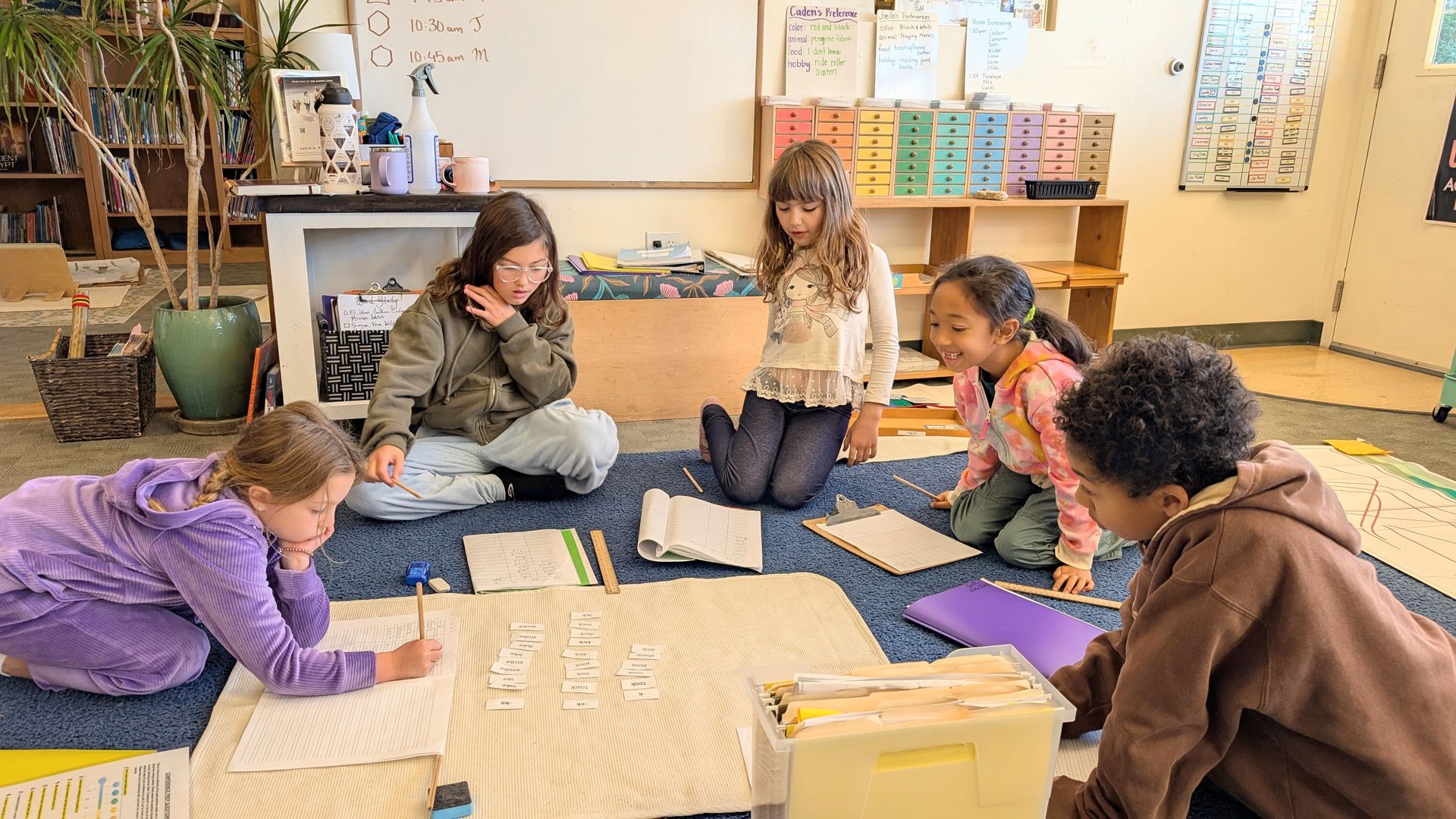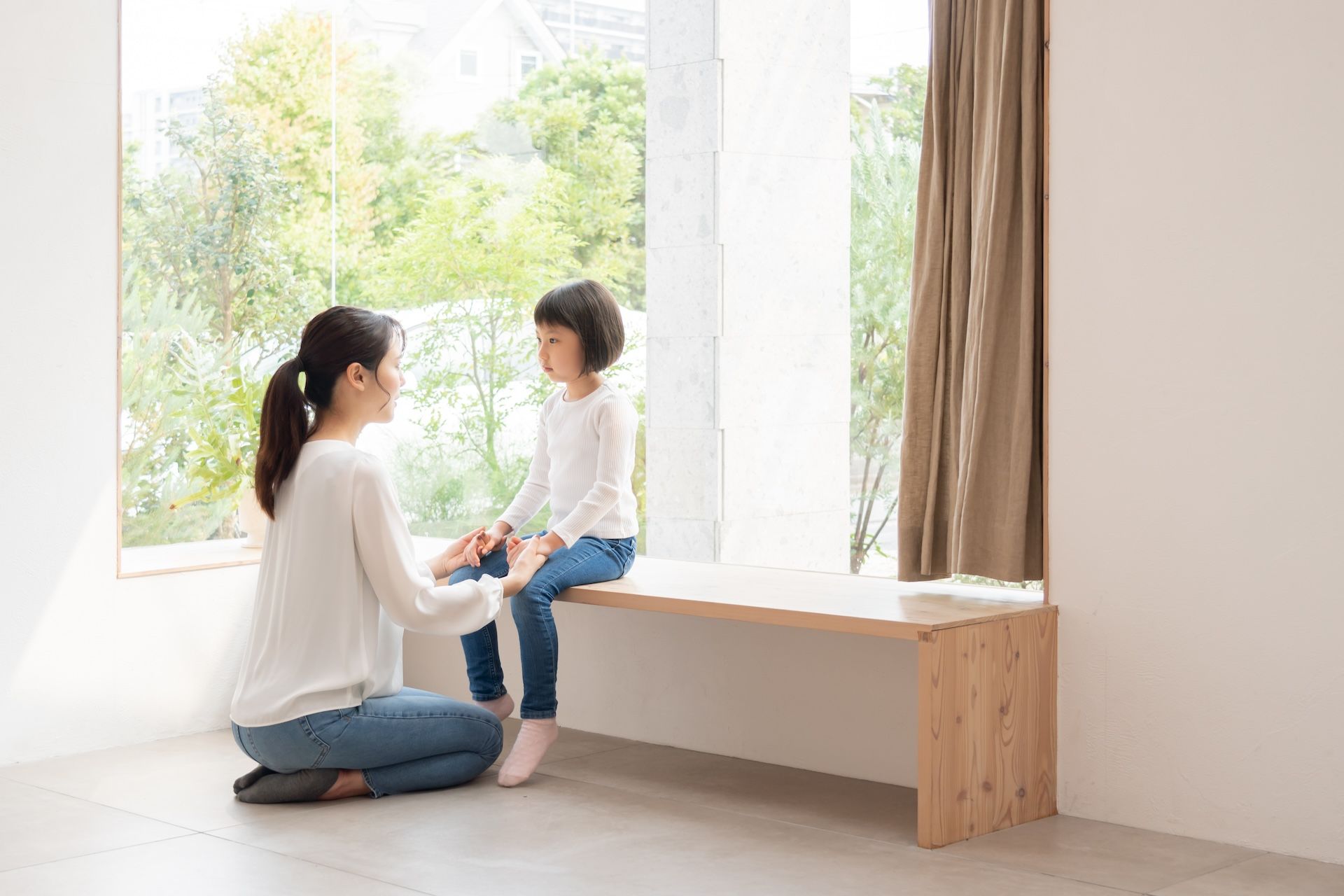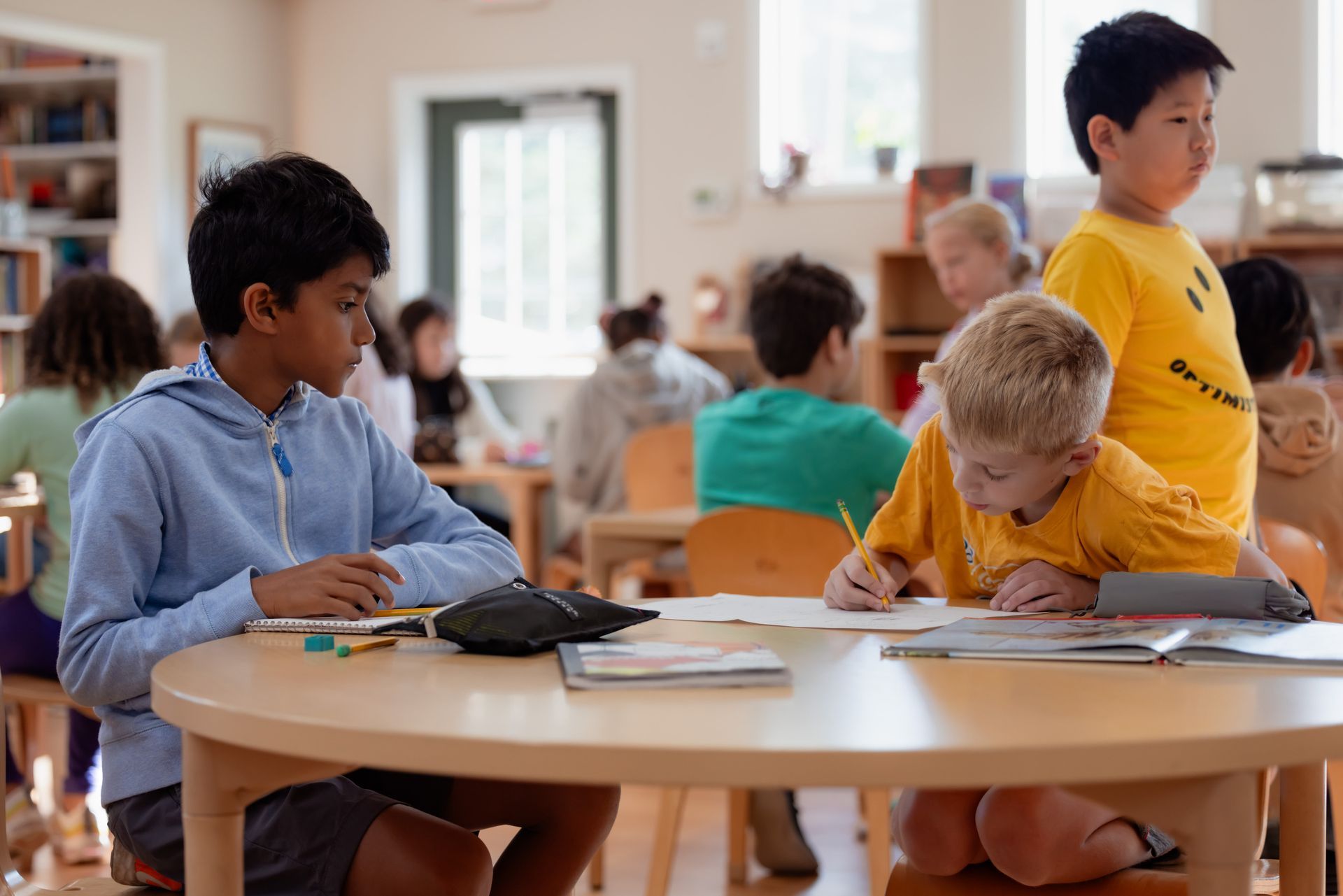The Impact of Smartphone Use in Children
The Changing Landscape of Childhood

Information below was gathered from the article, "End the Phone-Based Childhood Now" written by Johnathan Haidt and published in The Atlantic.
In recent years, a concerning trend has emerged as younger generations face a dramatic decline in mental health. According to studies, rates of depression and anxiety rose by 50% from 2010 to 2019, and suicide rates in girls aged 10-19 increased by 131%. This alarming surge in mental health issues is a global phenomenon.
The effects of growing up in a phone-based environment can be observed in various aspects of young people's lives. Older members of Generation Z are more likely to live with their parents and are less likely to be dating or seeking relationships. Additionally, they report increased feelings of loneliness and are less likely to have held a job during their teenage years. This risk-averse behavior suggests a hesitancy to step outside their comfort zones, potentially due to the impact of a sudden digital upbringing.
The rise of smartphones coincides with a significant shift in parenting styles as well. As parents have become more protective of their children, kids have experienced fewer opportunities for independent play and risk-taking. Inhibiting such experiences comes with its own set of consequences, as young mammals require social interaction and play for healthy social, cognitive, and emotional development. Children need a safe environment to make mistakes and to learn from them independently. Even injuries from risky play can be beneficial in the long run, as overcoming these risks is associated with decreased anxieties in older teens and adults.
The first wave of technology emerged with personal desktop computers and slow, dial-up internet access. By 2003, 50% of millennials had internet access, but this initial wave appeared to have no significant impact on millennials' mental well-being. It was the second wave of technology, between 2003 and 2010, that saw the advent of social media platforms and smartphones, which led to a substantial increase in internet access. By 2011, 23% of teens had access to smartphones, and this number skyrocketed to 73% in 2015. The introduction of iPads in the early 2010s brought technology to even younger children, further promoting a sedentary lifestyle.
American teenagers now spend an average of five hours a day on social media platforms, with even higher usage reported in low-income or single-parent households. This figure does not account for the time spent on school or homework-based activities that may require online engagement.
As adolescents spend more time in front of screens, their sleep patterns have suffered, and exercise has become less of a priority. Lack of physical activity and sleep deprivation are contributing factors to the mental health crisis among young people. Moreover, the decline in reading literature has been linked to reduced imagination and creativity as teens become increasingly reliant on passive entertainment.
Another concerning impact of the phone-based childhood is the decrease in attention spans. The constant barrage of notifications interrupts the learning process and affects concentration. As more schools incorporate digital learning tools and homework platforms, children more are easily distracted and may switch to browsing unrelated content, leading to a decline in test scores observed since 2010.
In light of these troubling developments, it is crucial to consider ways to mitigate the negative effects of phone-based childhood. Some strategies include delaying smartphone use until high school, restricting social media access until age 16, implementing phone-free school policies, and promoting independent, real-world play.
HOW DOES EBM MITIGATE THESE RISKS?
East Bay Montessori has long-held a no-cellphone policy for all students. Students with phones know they must remain off and inside backpacks until the end of the school day. EBM's families also have a strong culture of delaying a child's first smartphone, which helps to relieve the peer pressure associated with joining social media platforms. Our classrooms are very low in screen-based technology as well. Students don't have access to a desktop computer until 4th grade when they are required to type final drafts of reports. EBM strongly believes that we are a safe space for children to make mistakes (quotes that showcase this belief are hung in most classrooms), thus increasing a child's independence as they grow. If you'd like to see our space in action, please schedule a tour today!










